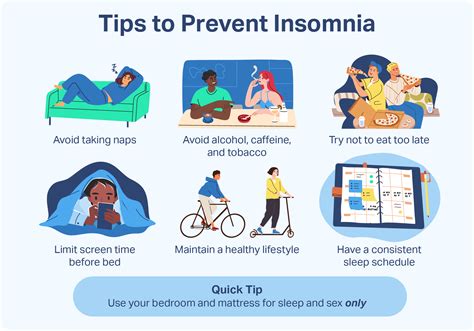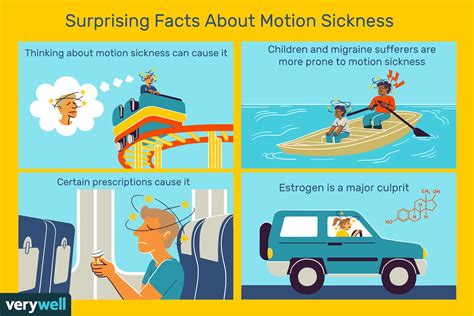Intro
Discover 5 uses of Benadryl, including allergy relief, itch relief, and sleep aid, with its antihistamine properties and side effects considered, for effective treatment of allergic reactions, hives, and insomnia.
Benadryl, also known as diphenhydramine, is a popular over-the-counter (OTC) medication used to treat various health issues. It is an antihistamine that works by blocking the action of histamine, a substance in the body that causes allergic reactions. While it is commonly used to relieve symptoms of allergies, Benadryl has several other uses that make it a versatile medication. In this article, we will explore five uses of Benadryl, its benefits, and its potential side effects.
Benadryl has been widely used for decades to treat various health conditions, and its effectiveness has made it a staple in many households. The medication is available in various forms, including tablets, capsules, liquids, and creams, making it easy to use for different purposes. From relieving allergy symptoms to helping with sleep, Benadryl has become a go-to medication for many people. However, it is essential to use Benadryl responsibly and follow the recommended dosage to avoid any adverse effects.
The versatility of Benadryl lies in its ability to treat a range of health issues, from mild to moderate. Whether you are experiencing allergic reactions, insomnia, or motion sickness, Benadryl can provide relief. Moreover, its affordability and widespread availability make it an attractive option for people seeking quick and effective solutions to their health problems. As we delve into the five uses of Benadryl, it is crucial to remember that while it is a useful medication, it should be used judiciously and under the guidance of a healthcare professional.
Relieving Allergy Symptoms

How Benadryl Works
Benadryl works by binding to histamine receptors in the body, preventing histamine from causing allergic reactions. This leads to a reduction in symptoms such as itching, sneezing, and runny nose. Benadryl also has a sedating effect, which can help relieve itching and promote sleep.Treating Insomnia

Risks and Side Effects
Using Benadryl as a sleep aid can have risks and side effects, such as daytime drowsiness, dry mouth, and urinary retention. It can also interact with other medications, such as sedatives and antidepressants, and worsen underlying medical conditions, such as glaucoma and urinary retention.Preventing Motion Sickness

How to Use Benadryl for Motion Sickness
To use Benadryl for motion sickness, take the medication 30 minutes to 1 hour before traveling. The recommended dose is 25-50 mg, and it can be taken every 4-6 hours as needed. However, it is essential to follow the recommended dosage and consult with a healthcare professional before using Benadryl for motion sickness.Treating Eczema and Itching

How to Use Benadryl for Eczema and Itching
To use Benadryl for eczema and itching, apply a topical cream or ointment containing diphenhydramine to the affected area. The recommended dose is 1-2% of the medication, and it can be applied 2-3 times a day as needed. However, it is essential to follow the recommended dosage and consult with a healthcare professional before using Benadryl for eczema and itching.Treating Hives and Redness

How to Use Benadryl for Hives and Redness
To use Benadryl for hives and redness, take the medication orally or apply a topical cream or ointment containing diphenhydramine to the affected area. The recommended dose is 25-50 mg, and it can be taken every 4-6 hours as needed. However, it is essential to follow the recommended dosage and consult with a healthcare professional before using Benadryl for hives and redness.What are the common side effects of Benadryl?
+The common side effects of Benadryl include drowsiness, dry mouth, and urinary retention. It can also cause daytime drowsiness, constipation, and blurred vision.
Can I take Benadryl with other medications?
+It is essential to consult with a healthcare professional before taking Benadryl with other medications, as it can interact with sedatives, antidepressants, and other medications.
How long does it take for Benadryl to take effect?
+Benadryl typically takes effect within 30 minutes to 1 hour after taking the medication. However, the duration of action can vary depending on the individual and the condition being treated.
In conclusion, Benadryl is a versatile medication that can be used to treat various health conditions, including allergies, insomnia, motion sickness, eczema, and hives. While it is effective in relieving symptoms, it is essential to use Benadryl responsibly and follow the recommended dosage to avoid any adverse effects. By understanding the benefits and risks of Benadryl, individuals can make informed decisions about their health and well-being. We invite you to share your experiences with Benadryl and ask any questions you may have about this medication. Your feedback and comments are valuable to us, and we look forward to hearing from you.
